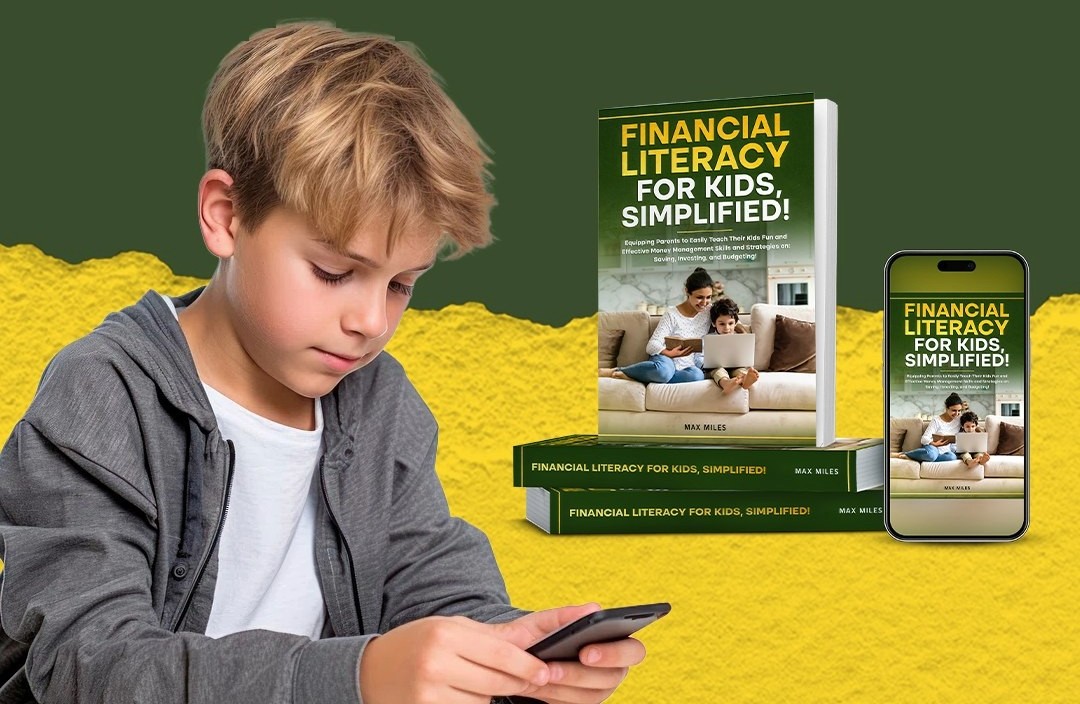
Understanding Needs vs. Wants: Teaching Kids Financial Decision Making
One of the most important financial concepts to teach children is the difference between needs and wants. This fundamental distinction helps children develop critical thinking skills about spending decisions and lays the groundwork for responsible money management. Learn why financial literacy matters for kids and discover the importance of teaching this essential skill. In this blog post, we'll explore practical ways to help children understand the difference between needs and wants and make thoughtful spending choices. Explore more financial literacy activities for kids on our blog.
💡 Learn More: This topic is covered in detail in "Financial Literacy for Kids, Simplified!" by Max Miles. Get your copy today to access worksheets, activities, and step-by-step guidance. Get comprehensive financial literacy for kids guide with proven strategies, or read about teaching compound interest for kids to complement this lesson.
Why Teaching Needs vs. Wants Matters
Understanding the difference between needs and wants helps children:
- Make better spending decisions: They learn to prioritize necessities before desires.
- Develop delayed gratification: They understand that not all wants need to be satisfied immediately.
- Build budgeting skills: They learn how to allocate money to different categories.
- Become more thoughtful consumers: They develop critical thinking about purchases.
Defining Needs and Wants for Children
Explain these concepts in simple, child-friendly terms:
- Needs: Things we must have to live safely and healthily. Examples include food, water, shelter, clothing, and healthcare.
- Wants: Things that make life more fun or comfortable but aren't necessary for survival. Examples include toys, candy, entertainment, and brand-name clothing.
It's important to acknowledge that the line between needs and wants isn't always clear-cut. For example, we need food (a need), but we might want specific types of snacks or restaurant meals (wants). We need clothing (a need), but we might want the latest fashion or name brands (wants).
Activities to Teach Needs vs. Wants
Here are some fun and educational activities to help children understand the difference:
- Sorting Game: Create a simple game where children sort items into "needs" and "wants" categories.
- Grocery Store Challenge: During shopping trips, ask your child to identify which items are needs versus wants.
- Create a Collage: Make a divided poster with "Needs" on one side and "Wants" on the other, using magazine cutouts.
- Three-Question Test: Teach children to ask: "Do I need this or just want it? How often will I use it? Is it worth the price?"
By helping children distinguish between needs and wants, you're providing them with critical skills for financial success. This understanding forms the foundation of budgeting, saving, and responsible spending that will serve them throughout their lives.
Ready to Start Teaching?
"Financial Literacy for Kids, Simplified!" provides step-by-step guidance, worksheets, and activities to help you teach your children about money management, including needs vs. wants and much more.
Get Your Copy Today
About the Author
Max Miles is dedicated to imparting financial literacy to children. His unique approach focuses on making money management enjoyable and relatable, ensuring that even young learners can grasp and apply essential financial concepts.
Comments